













The magazine of the art-form of the photo-essay
“A free, really high quality photo-essay magazine. Fabulous!”
Stephen Fry. British actor, writer and film & documentary maker

Mar 2014 back issue


by Fyodor Telkov


The Mari people are a Finno-Ugric ethnic group living in Russia. According to a recent census, they number just
under 700,000. Almost half of all Maris live in the state of Mari-El which is located in the eastern part of the East
European Plain of Russia, along the Volga River.
However, a large group, about 30,000, live far from Mari-El’s capital city of Yoshkar-Ola, in the south of Sverdlovsk.
Their ancestors began migrating to the Urals during the reign of Ivan the Terrible, to avoid Christianization. Today,
after centuries of pressure from Christianity, and also from socialism, these Mari are discovering a new way of living:
back to basics, in the wake of a powerful outflow of young people to the cities.
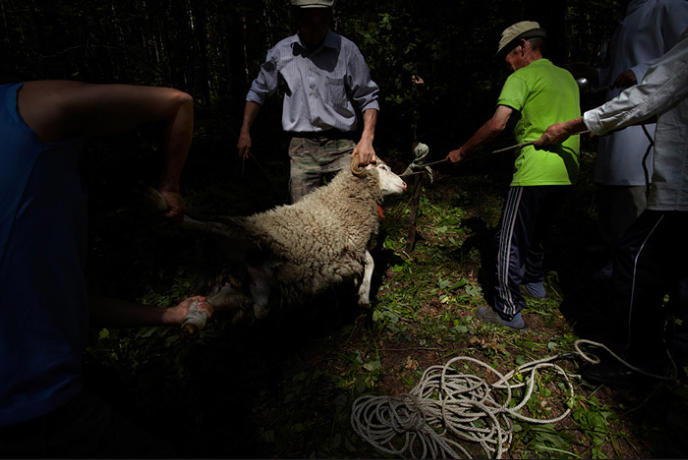
Not many nations on the planet manage to preserve their unique culture and religion. In spite of persecution by the
tsarist and Soviet government, and the strongest influences of Orthodoxy, Islam and atheism, Mari continued to
secretly conduct prayers in their traditional pagan religion.
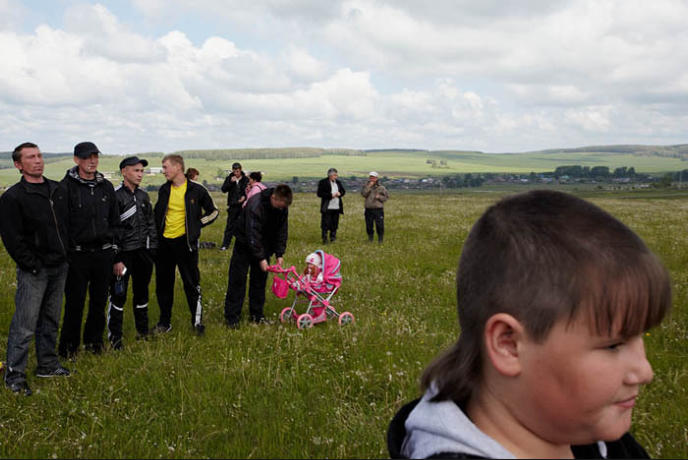
Aga-Payrem (meaning: ‘holiday furrows’ in Mari). The celebration is held after planting. Before this celebration, the
priests traditionally perform pagan rituals to bring rain.
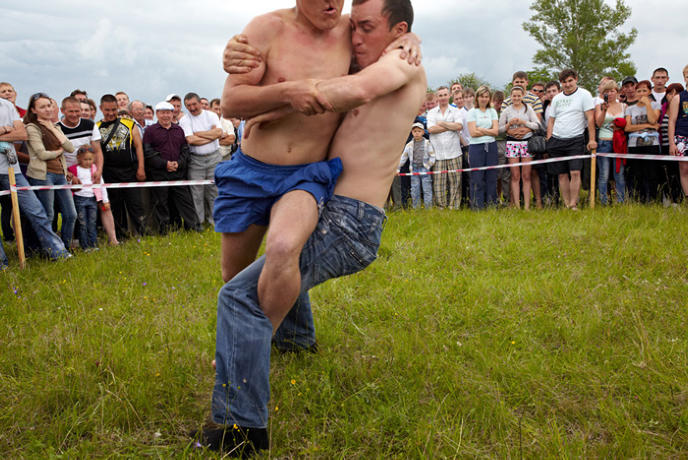
Freestyle wrestling is one of the entertainments at the Aha-Pyro festival. Anyone can take part in the competition. The
main prizes are household tools.
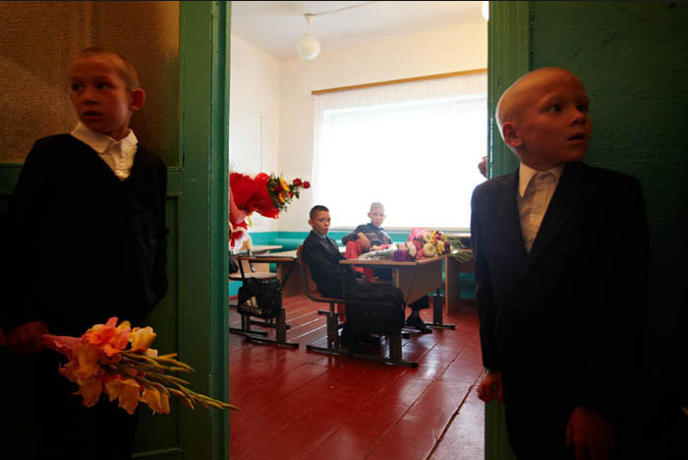
September, at the village school. Grade 1 pupils bring flowers for their new teacher. In some villages, Mari schools are
being forced to close due to a lack of children.

After school, young people tend to leave the villages for the big cities. This process is the biggest threat to all national
cultures, because life in the city is built on quite different values.
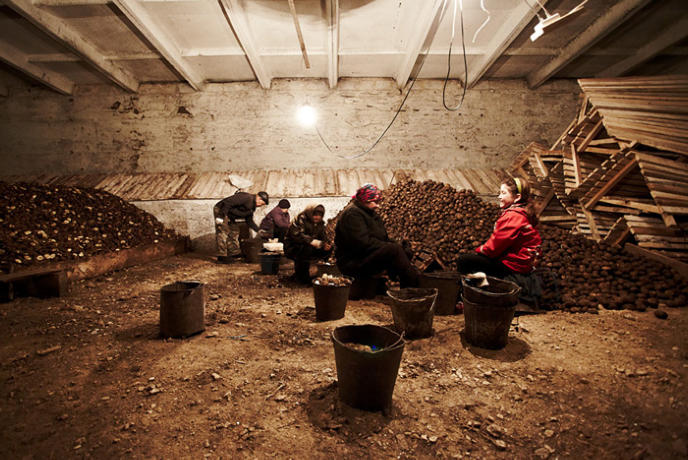
After classes, and especially during the holidays children help their parents on the farm. After school, they go to
vocational schools. Often boys are sent to the army; it's a chance for them to step into another life. Many young
people go into the ploice force.
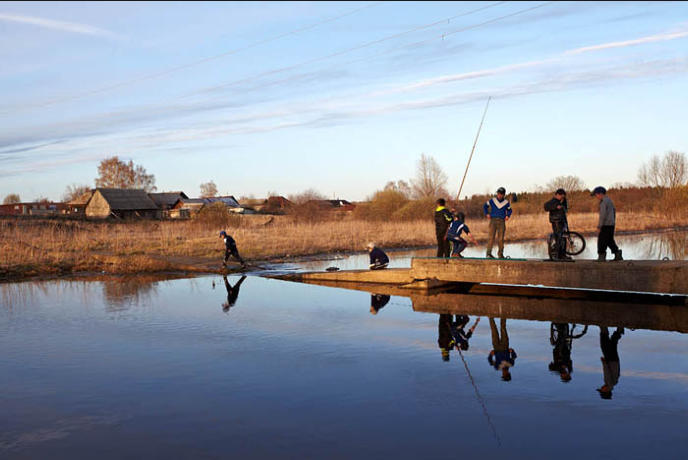
Mari families tend to be large and have strong family ties.
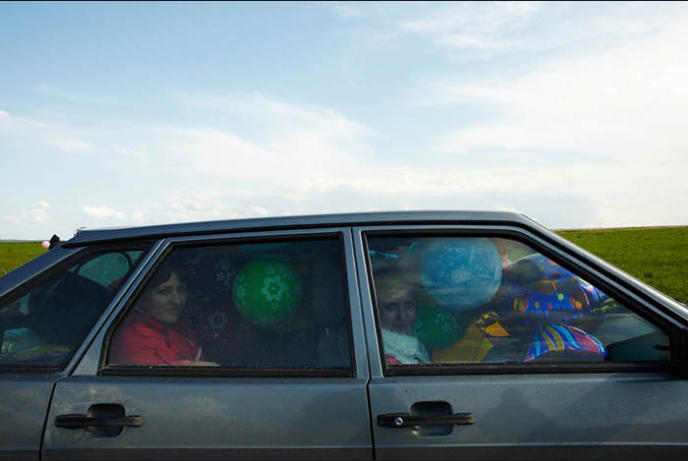
Mari religion is based on faith in the forces of nature; unexplored and powerful.
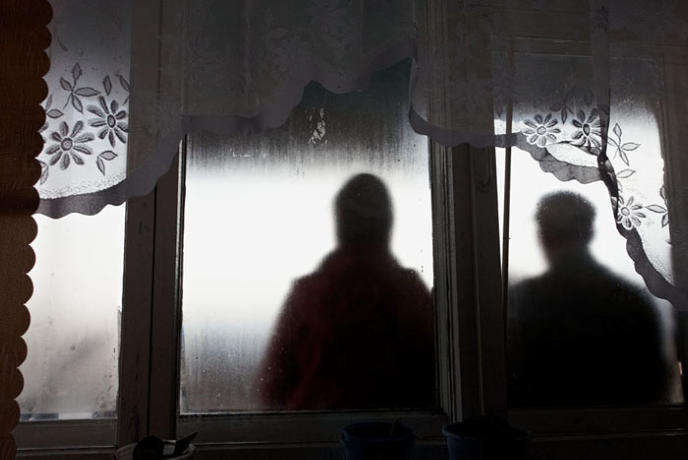
To preserve the identity of the people, culture, language - it is very important to make life in the national villages
attractive to young people.

Party to celebrate a wedding. Mari weddings last for two days. On the first day there is the official Russian wedding.
On the second day there is the Mari wedding with pagan rites.

As it was hundereds of years ago, the land is the main source of life for the Mari people. Every spring they begin a
new battle for the harvest.
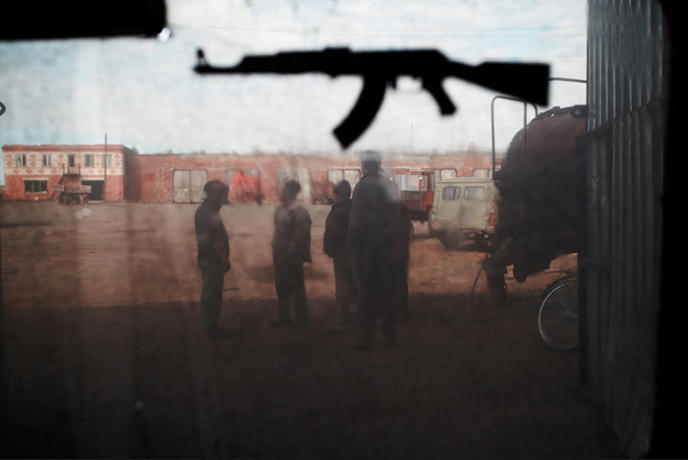
Despite the fact that young people are leaving the villages, there is new hope for the local farmers. They are beginning
to rebuild what has been on its knees, thus preserving agricultural culture and creating new jobs.
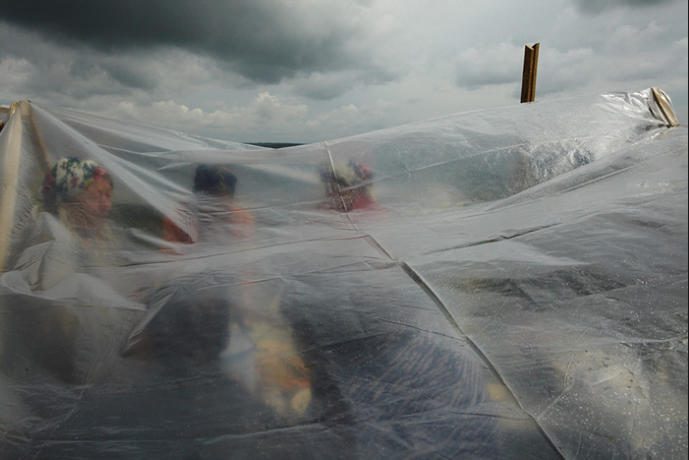
One of the most powerful witches in Russian history was Mari. Today witchcraft among the Mari is well used and an
entrenched part of their culture.
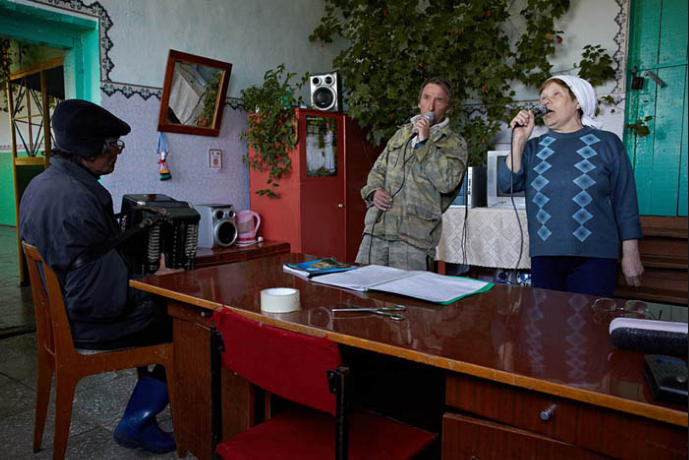
Clubs in villages are of great importance. They bring people together for concerts, discos and communication.

Young soldiers unwinding.
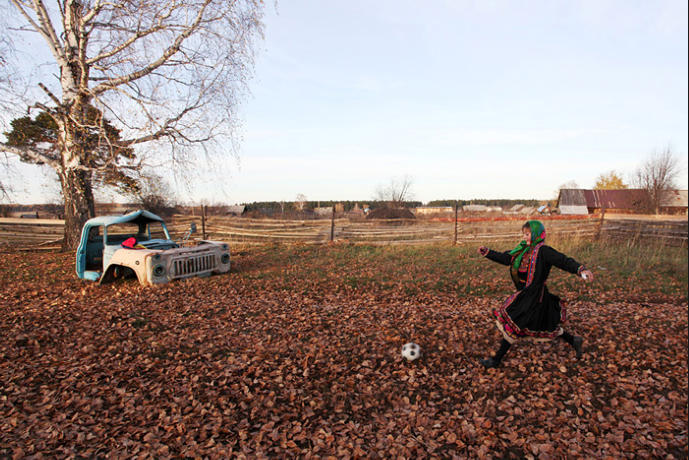

Few people still know how to sew traditional Mari costumes. Traditional: Intricate embroidery, samotkanye paintings
and silver coins are now replaced by beads, rhinestones and ready made aluminum parts.

Clubs-goers in the villages are required to communicate in their native language.
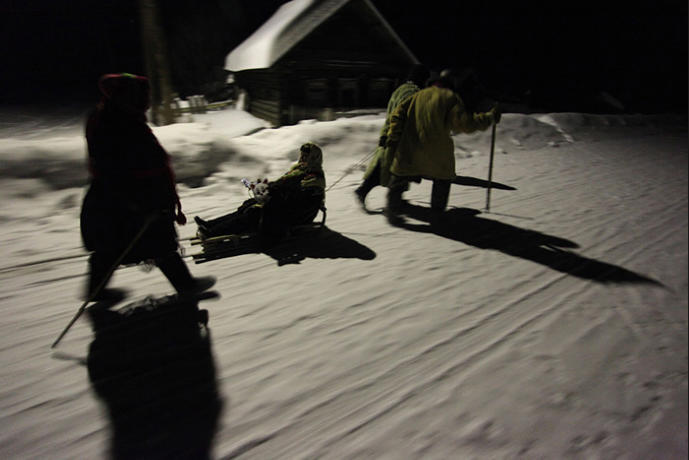
Artimeykovo village, consists of 52 houses. At first it was prosperous: collective farming, a school, a lot of agricultural
machinery. It is now in ruins: the average age is about 60 years, men work part time in the neighboring villages and
towns, women are engaged in farming and home crafts, children go to school in the neighboring village 2 km.
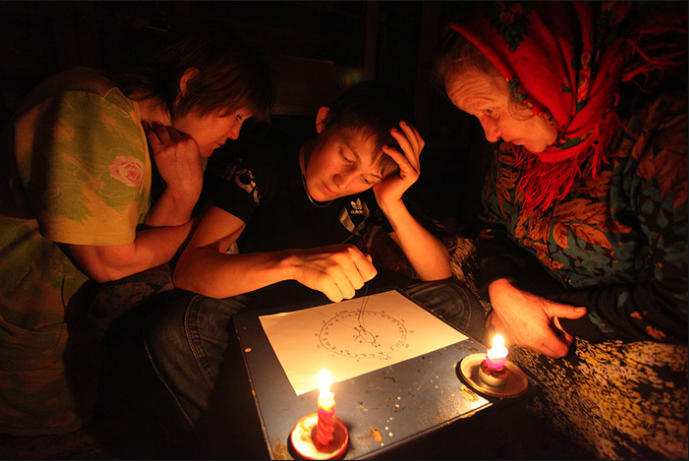
Today Ural Mari are trying to enter a new era, with attempts to return to basic values. This is against a backdrop of a
huge outflow of young people in the cities.












